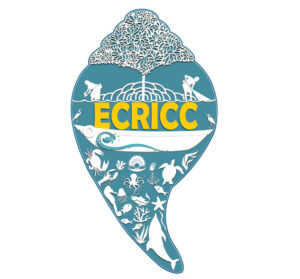Advantages of Mangroves over other coastal plants
- Mangroves work as “Coastal Heroes” and “bio-shields’ for coastal defence against extreme climatic events. These vegetation acts like a buffer zone between the land and sea against the storm surges, especially their thick and impenetrable roots are vital to shoreline communities, as they protect the beach from erosion, coastal flooding and other threats arising due to rising sea levels.
- Mangrove forests are considered as key weapons in the fight against climate change, as they have the ability to store or hoard, vast amounts of carbon compared to other trees and forests.
- Mangroves’ dense root systems inhibit the flow of tidal water and encourage the deposition of nutrient-rich sediments. But once lost, mangroves are very difficult to replant due to shifts in the very sediments the roots helped keep in place.
- Mangrove ecosystems are an important source of livelihoods especially for the coastal populations. The communities primarily depend on these ecosystems for the brackish underwater habitat these shrubs provide, as well for a variety of biomass dependent livelihoods.
- Mangroves have intimate and complex linkages with other coastal systems, notably seagrass beds and coral reefs.
- Mangroves often survive in non-saline habitats also, but a saline environment is needed for stable mangrove ecosystems.
- Mangroves and their species
- Status of Mangroves
- Advantages of Mangroves over other coastal plants
- Mangroves usefulness for wildlife
- Benefits of Mangroves to human communities
- Mangrove’s contribution to the carbon cycle & climate resilience
- Threats to Mangroves and their ecosystem
- Conservation and protection measures for Mangroves in India
- Role of communities in conservation and protection of Mangroves


